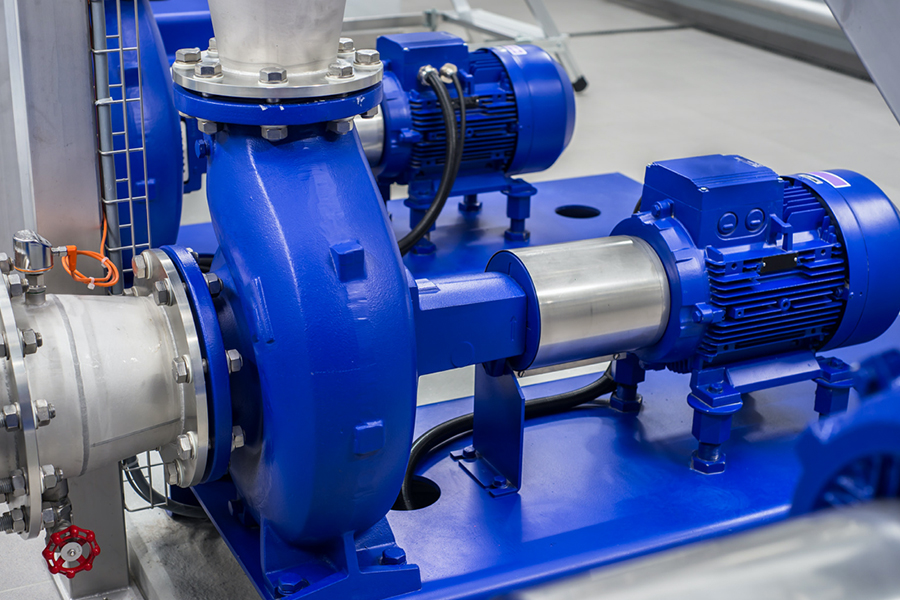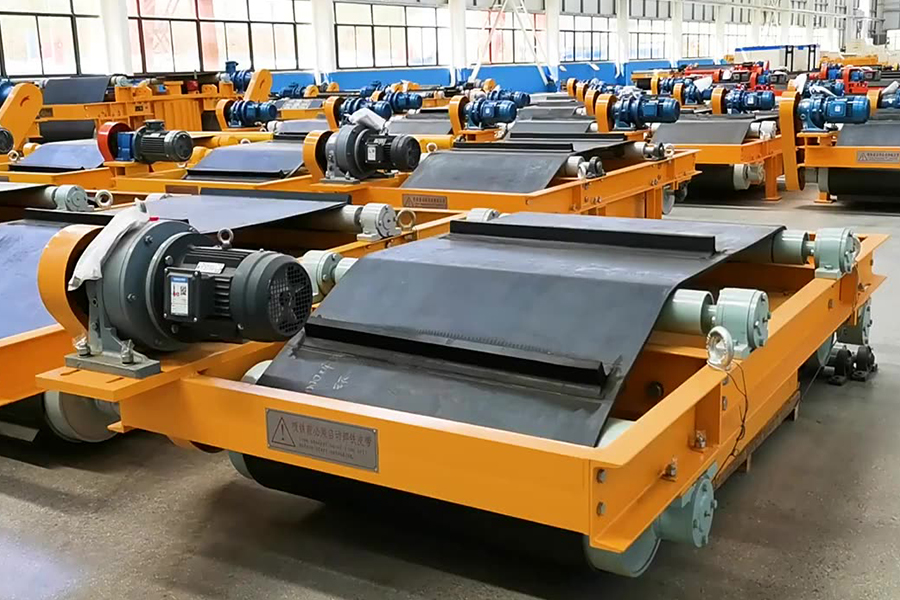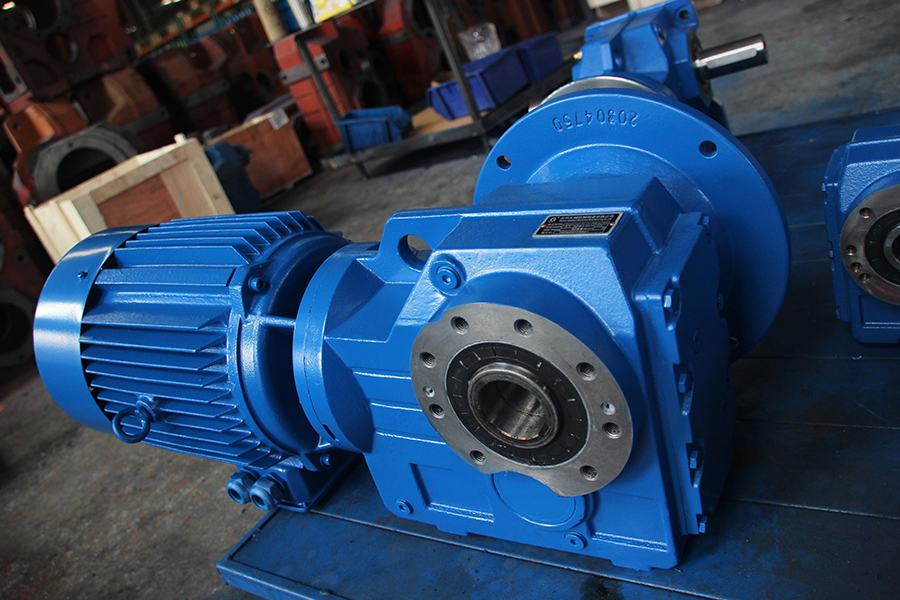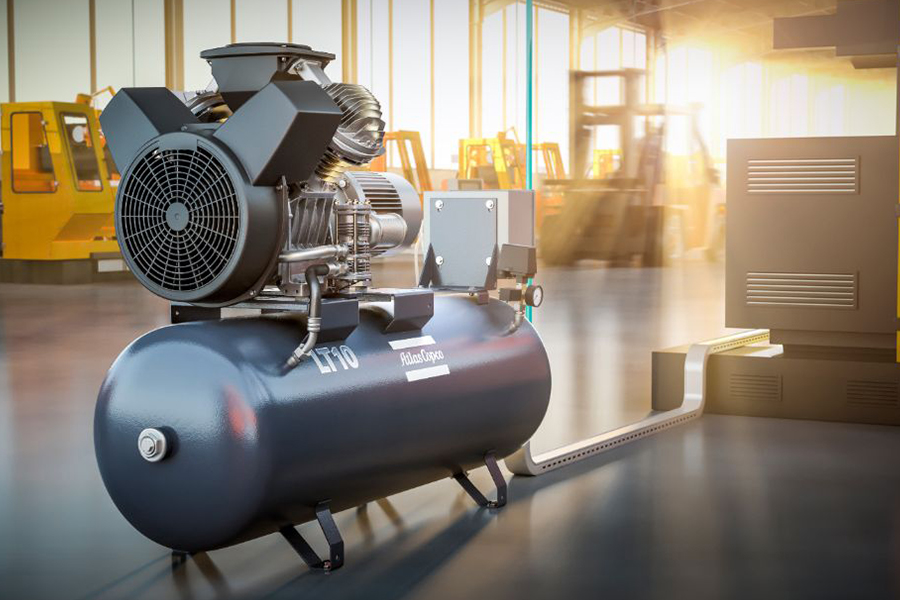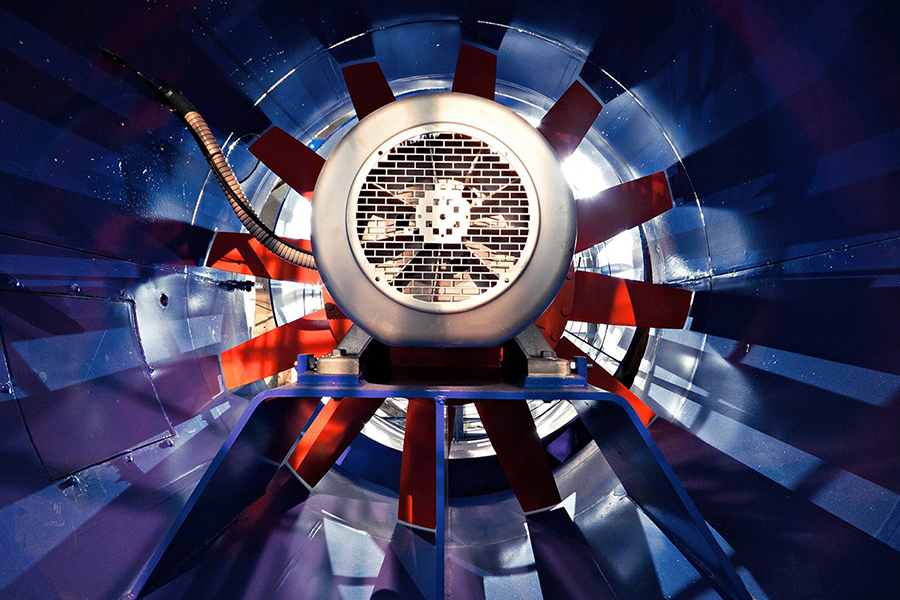In many industrial settings, engineers and operators often compare the utility of a Single Phase Brake Motor with that of a Three Phase Asynchronous Motor. While both types have their place, Single Phase Brake Motors offer advantages in specific use cases — especially where fast stopping, compact size, or retrofit constraints are involved. Meanwhile, Three Phase Asynchronous Motors continue to dominate in heavy-duty and continuous-duty environments.
Comparing to Three Phase Asynchronous Motors: Trade-offs
Efficiency & Load Handling
A Three Phase Asynchronous Motor is often more efficient in continuous-duty, high-load scenarios. It handles higher power capacity, better thermal characteristics, and smoother operation when supply conditions are stable (balanced phases etc.). Induction motors in three-phase form are well understood and widely used.
However, in lower-power or intermittent-duty cases, the overhead of three-phase infrastructure might outweigh gains. Here, a Single Phase Brake Motor can be more cost-effective, especially when braking is involved.
Simpler Control vs. Complexity
Three-phase motors often pair well with variable frequency drives (VFDs) or soft starters to modulate speed, control torque, and provide smooth ramps. However, controlling a single-phase brake motor with advanced drives is more limited. As one forum discussion notes, single-phase VFDs often struggle under heavy loads and may drop out at low RPMs. In contrast, three-phase systems tend to be more robust in that regard.
Therefore, if your application demands advanced speed control, a Three Phase Asynchronous Motor may be more suitable. But if your priority is simple, reliable, brake-equipped operation in a smaller motor, the Single Phase Brake Motor wins for its specific niche.

Key Considerations in Design & Selection
Matching Brake and Motor Ratings
When selecting a Single Phase Brake Motor, ensure that both the motor and brake components (coil voltage, torque of the brake disc, reaction time) match your load dynamics. Over-specifying the brake can waste energy; under-specifying may cause to slippage or wear.
Startup & Braking Coordination
Carefully plan control logic: when power is cut, delay or sequence brake disengagement/engagement properly to avoid torque conflicts. In some designs, the brake coil is energized concurrently with power cut for brief overlap, reducing mechanical shock.
Thermal & Duty Cycling
Brake operation may generate heat in brake coils; ensure duty cycles are within thermal limits. Similarly, because single-phase motors inherently have some efficiency loss (due to auxiliary windings, capacitor, etc.), thermal design must accommodate that.
Maintenance & Reliability
Brake systems add mechanical complexity (springs, friction surfaces). Ensure your design allows periodic inspection, easy brake pad replacement, and alignment. For three-phase asynchronous motors, the maintenance is generally limited to bearings and rotor/stator inspections.
Transitioning & Integration Tips
Now that you understand benefits and trade-offs of Single Phase Brake Motor vs Three Phase Asynchronous Motor, here are practical tips when integrating brake motors into your systems:
Align brake voltage to control system logic: Use auxiliary outputs to drive brake coils only when required.
Coordinate braking with mechanical systems: Use dampers or soft start for torque matching.
Consider monitoring brake condition: Integrate sensors or limit switches to detect wear or misalignment.
Plan spare parts strategy: Keep brake pads, springs, coils ready, as brake wear is often system-critical downtime cause.

 English
English 中文简体
中文简体 عربى
عربى



